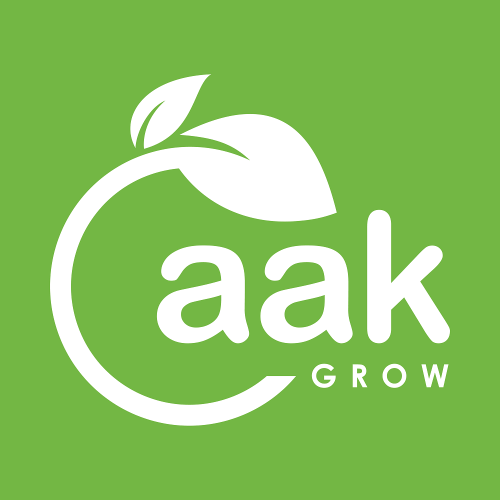
Presss Release
Product donation to aid the fight against desert locusts in East Africa
Insecticide donation enables treatment of 170,000 hectares of the most affected fields
Nairobi, September 1, 2020 – More than 10 million people in the East Africa region are facing acute food insecurity due to recent locust plagues that ravaged massive fields of food crops. With the advent of the planting season, the locust invasion still looms high. This risk coupled with the current COVID-19 pandemic and recent drought and floods in the region, piles additional pressure on food systems hence a key threat to food security.According to the FAO, the desert locusts present “an extremely alarming and unprecedented threat” to food security and livelihoods. To help address this problem, Bayer through the Agriculture Sector Network (ASNET) and the Agrochemical Association of Kenya (AAK) is donating 170,000 litres of Deltamethrin – an active ingredient effective in combating the desert locust, as listed in the latest Pesticide Referee Group – PRG – report, to the Governments of Kenya (120,000 litres) and Uganda (50,000 litres).
The entire donation, valued at approximately Ksh 100 Million; Kenya – 70 Million and Uganda – 30 Million excluding freight, will enable the two governments to treat 170,000 hectares of the most-affected fields. Through this donation we hope to support vulnerable smallholder farmers who are so critical to food security, and essentially contributing to our shared vision of a future where health for all, hunger for none is made possible.
A hand-over ceremony is planned for Thursday 3rd September at the Ministry of Agriculture’s VET LAB, Uthiru off Waiyaki Way from 09:00 am. Considering media as a key stakeholder, we cordially invite you to join and cover this short event to be presided over by the Cabinet Secretary, Ministry of Agriculture.
A major food issue for millions of people
Earlier this year, the largest swarm that hit Kenya measured 2,400 square kilometers and was made up of 200 billion locusts. The pests consumed nearly 400,000 tons of food every 24 hours which is equivalent to what 84 million people eat each day. Desert Locusts can travel up to 130 kilometers a day in their frantic race to feed and reproduce.
The devastation means a serious food crisis threatens these East African countries with many countries already experiencing food shortages. In Kenya where 34 percent of the country’s GDP comes from agriculture, this invasion marks the worst of its kind in 70 years and is threatening the country’s economics and food production.
The 170,000 liters of Decis ULV donated to Kenya and Uganda were produced in France, in a Bayer industrial site based in Villefranche Limas that specializes in the formulation, packaging and distribution of plant protection products for farmers. The product was airlifted to East Africa by the Kenya Airways.
About Bayer
Bayer is a global enterprise with core competencies in the life science fields of health care and nutrition. Its products and services are designed to benefit people by supporting efforts to overcome the major challenges presented by a growing and aging global population. At the same time, the Group aims to increase its earning power and create value through innovation and growth. Bayer is committed to the principles of sustainable development, and the Bayer brand stands for trust, reliability and quality throughout the world. In fiscal 2019, the Group employed around 104,000 people and had sales of 43.5 billion euros. Capital expenditures amounted to 2.9 billion euros, R&D expenses to 5.3 billion euros. For more information, please visit www.bayer.com.
Contact:
Anthony Maina, Tel. +254 700 390350
Head of Communications, Bayer South East Africa
E-Mail: anthony.maina@bayer.com
Forward-Looking Statements
This release may contain forward-looking statements based on current assumptions and forecasts made by Bayer management. Various known and unknown risks, uncertainties and other factors could lead to material differences between the actual future results, financial situation, development or performance of the company and the estimates given here. These factors include those discussed in Bayer’s public reports which are available on the Bayer website at www.bayer.com. The company assumes no liability whatsoever to update these forward-looking statements or to conform them to future events or developments.

